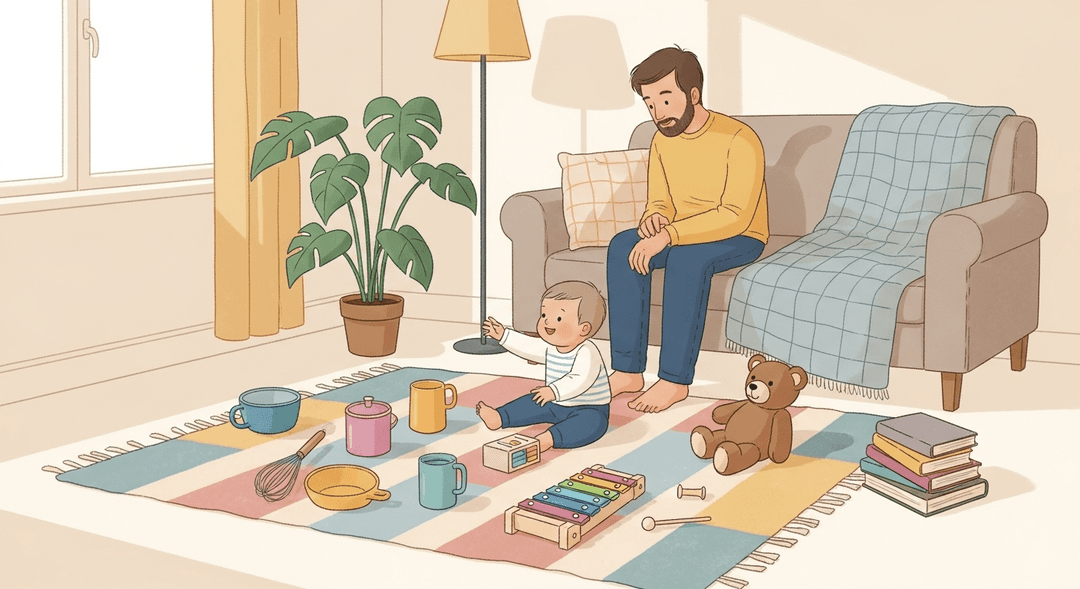Provide a Stimulating Environment
You know you’re a parent when your living room looks like a cross between a science experiment and a yard sale. Ever handed your kid a whisk and thought, 'Sure, that’s educational'? If you’ve ever wondered if your house is stimulating enough (spoiler: it is, especially if there’s Tupperware involved), this one’s for you. Welcome to the land of sensory chaos, where every object is a potential brain booster—and a tripping hazard.
Exploring different textures, shapes, and sounds fires up your baby’s developing brain like a toddler at a bubble wrap convention. All those 'what happens if I bang this?' experiments build neural connections, boost problem-solving, and fuel curiosity. For parents, it’s a chance to bond and maybe—just maybe—find five seconds of peace while your kid investigates a wooden spoon.
How to do it
Step 1: Baby-proof the area to prevent constant dashes to stop your little one from reaching outlets or other hazards. This will help you relax and allow your baby to explore safely.
Step 2: Gather a variety of safe objects for your baby to explore. Consider items such as:
- Silicone spatulas
- Soft cloths
- Textured balls
- Crinkly books
Step 3: Rotate the selection of objects every few days. This keeps things interesting for your baby and gives you a chance to reclaim household items like measuring cups.
Step 4: Allow your baby to lead the exploration. Try to resist the urge to narrate every move—unless you enjoy it, in which case, feel free to channel your inner nature documentary host.
Tips:
- Always supervise your baby during play.
- Choose objects that are too large to swallow and free of small parts.
- Clean and inspect items regularly for safety.
- Follow your baby’s cues and interests to keep playtime engaging.
